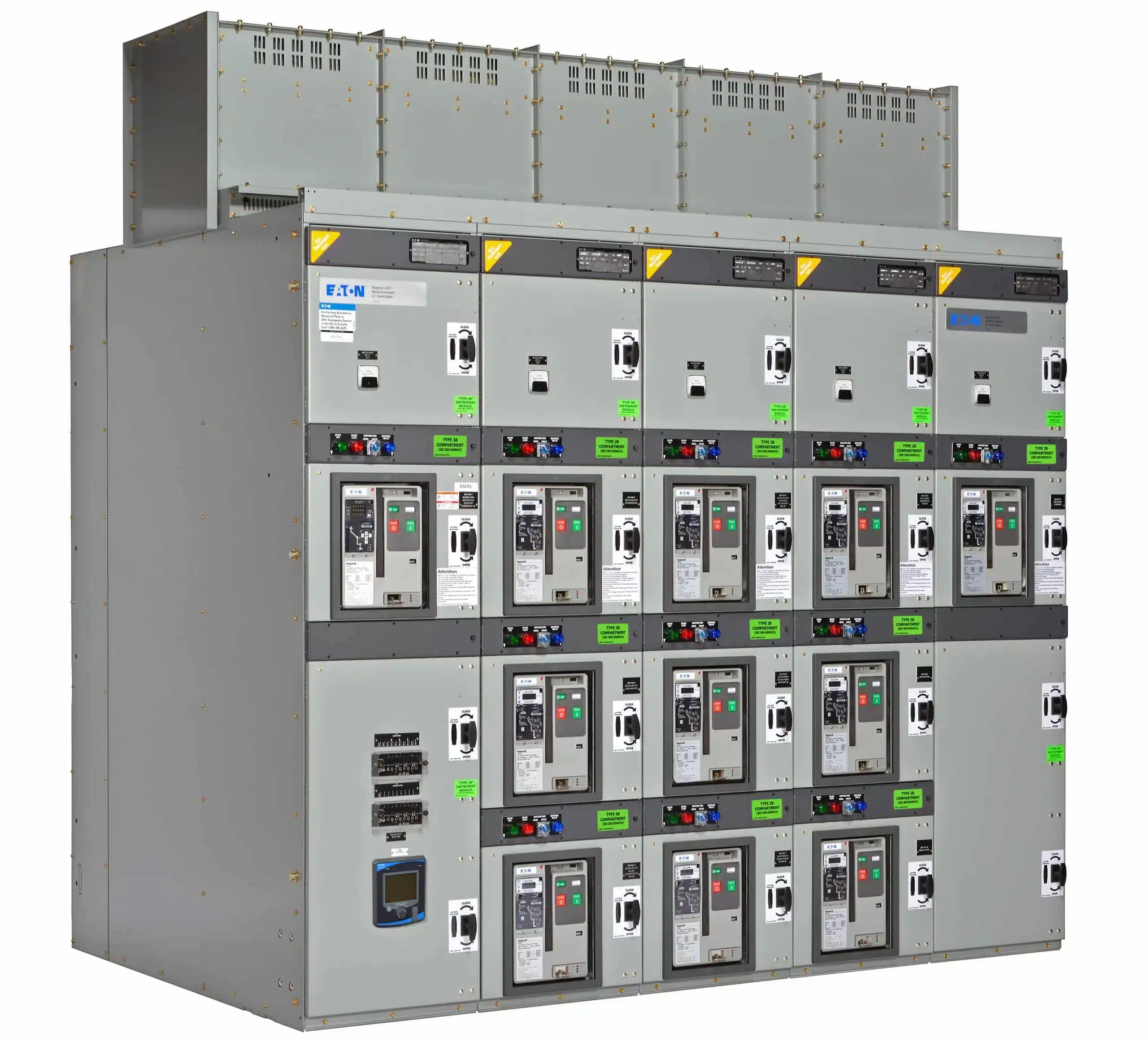Last edit: 25/07/2023

UL 891 is a Tristandard. That means it is exactly the same content in the following three norms:
- CSA Group: CSA C22.2 No. 244-05.
- Underwriters Laboratories Inc: UL 891.
- Association of Standardization and Certification: NMX-J-118/2-ANCE-2012.
The subjects are the SWITCHBOARDS, also called in North America “dead-front switchboard”. In Europe the equivalent standards are the EN 61439-1 and EN 61439-2. However the approach is different. EN 61439 puts a lot of emphasis on the Design Verification and cabinet testing. UL 891 is mainly about how to design the switchboard.
The Standard applies to switchboards nominally rated at 600 V or less and intended for use in accordance with the Canadian Electrical Code, Part 1 (CE Code, Part 1), the National Electrical Code (NEC), ANSI/NFPA 70, and the Mexican Standard for Electrical Installations (Utility), NOM-001-SEDE.
These requirements cover switchboards for use on circuits having available RMS symmetrical short-circuit currents of not more than 200 000 A.
Table G3.1
It is one of the most important tables to comply with. It details the minimum distance between bus bars, depending upon the Switchboard declared Shortcircuit current, the Ampere and Voltage Rating.
The bus bars can be arranged in a edge to edge (EE) or face to face (FF) layout. That is important because it changes the minimum distance between them.
